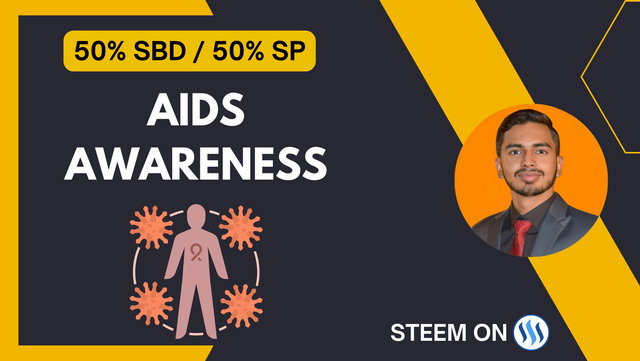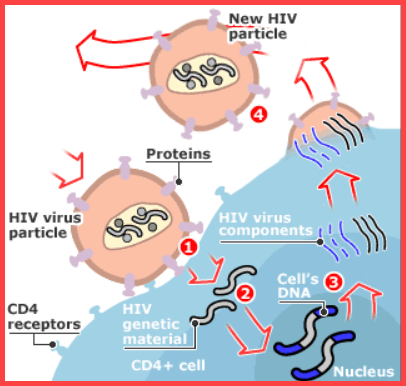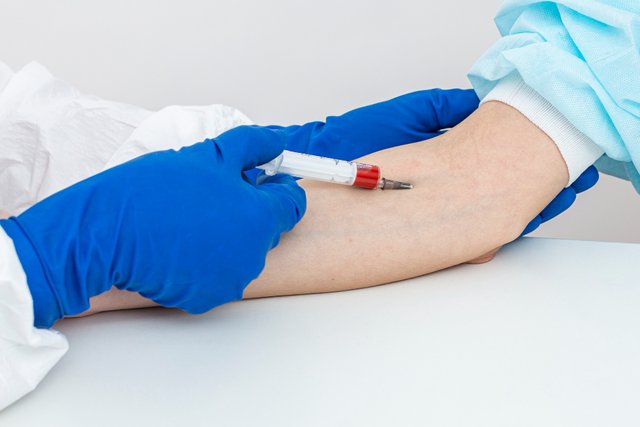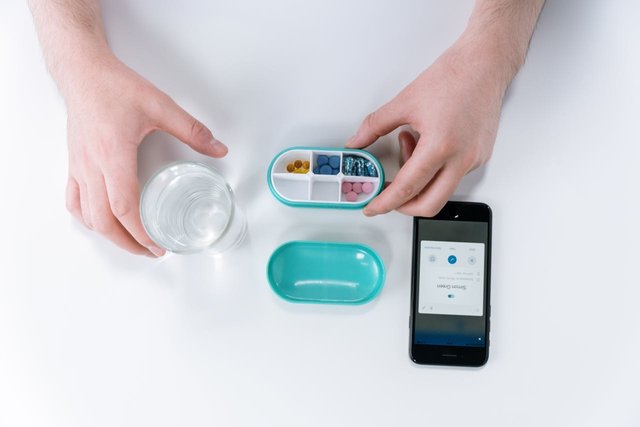AIDS Awareness

AIDS is short for Acquired Immune Deficiency Syndrome. HIV is the virus that, after entering the human body, overwhelms the immune system gradually. The immune system’s function is to keep our body from being infected by some other infections and diseases.
Basically, if we break down the immune system into simpler form one will realize it is a collection of cells that defend our body from outside infection. Fundamentally, HIV targets certain cells called CD4 cells, which are an important part of our immune system. Thus, CD4 cells start to deplete, and the person will be susceptible to diseases, making it difficult to fight other infections or diseases that a strong immune system could have fought.

HIV virus leads to the development of AIDS. At the same time, the human immunodeficiency virus spreads from person to person. Let me describe some common ways HIV can be spread:
Blood Transfusion: In the past, before the introduction of thorough blood screening, HIV often spread in this way. Nowadays, hospitals and clinics meticulously check the blood. Therefore, this method is no longer a critical risk.
Shared Needles: Drug addicts sharing needles to dope increase the chance of the spreading of HIV. The needles or syringes directly contact blood, and when some other flings his drug with the same instrument, the person is likely to become infected.
Sexual Contact: This is the most common way through which HIV is likely to spread from one person to another. Both heterosexual (between a man and a woman) and homosexual (same sex) relations, when not protected—that is, by using a condom—enable HIV to be transmitted from one person to another.
Mother to Child: HIV is likely to spread from HIV positive mothers to their infants either in the womb, during their breastfeeding, or at the time of delivery. Again, it is very much likely that this spread of infection is minimized by proper medication.
Other less common methods include using personal grooming items like razors or toothbrushes that might be contaminated with infected blood, though these cases are rare.
When it comes to treatment perspective, there is still no complete cure for AIDS that has been found. However, with the development of modern medicine, there have appeared several highly effective treatments that allow patients the opportunity to live both longer and healthier.
The basic treatment in those cases is focused on antiretroviral therapy: one of the innovative approaches which consists of treatment of an HIV-infected person by several antiretroviral drugs in one go. With this method, the development stage of the virus is slowed down, and as a result, it’s viral load reduces. The immune system is allowed to heal from the virus and restart its regularized functioning. If the ART regimen is strictly and regularly conducted, in a short period of time, it is possible to reach the outcome when the virus exists in the body but is not yet detectable. When the virus is at an undetectable level, there is no transmission to any other person.
Protection from AIDS starts with awareness and caution. Here are the important preventive measures that can be taken:
Safe Sex: The simplest and most basic method is practicing safe sex. Unprotected sexual relations should be avoided. This is a sure means of contracting the disease.
Use of safe syringes and needles: In case of drug users, always make use of new and sterile needles. Refraining from shared needles is very important since these serve as the direct route for transmission of HIV.
Regular Testing and Health Checks: If you're involved in high-risk behaviors, regular HIV testing can help you and your partners monitor your health. Early detection allows for early treatment, which improves health outcomes.
Avoid Sharing Personal Items: It is advisable to refrain from sharing personal items, such as razors and toothbrushes, which have to do with body fluids and easily become contaminated with blood. Such items should be personal and separately available to each person. These categories of preclusion not only help protect oneself from the source of transmission but also protect the community from its spread.
With time, scientific research has improved and knowledge about HIV and AIDS has also improved. We have been better able to handle the disease than before. However, continuous education and awareness are necessary for any treatment and protection against this disease.



This is very educative and comprehensive. You have presented beautifully my friend and of course I wish you the very best in this entry of yours. Thanks for the invite.
Thanks for stopping by. 😊
We support quality posts and good comments posted anywhere and with any tag.
Curated by : @artist1111
Thanks for the support @artist1111. Much appreciated! 😊